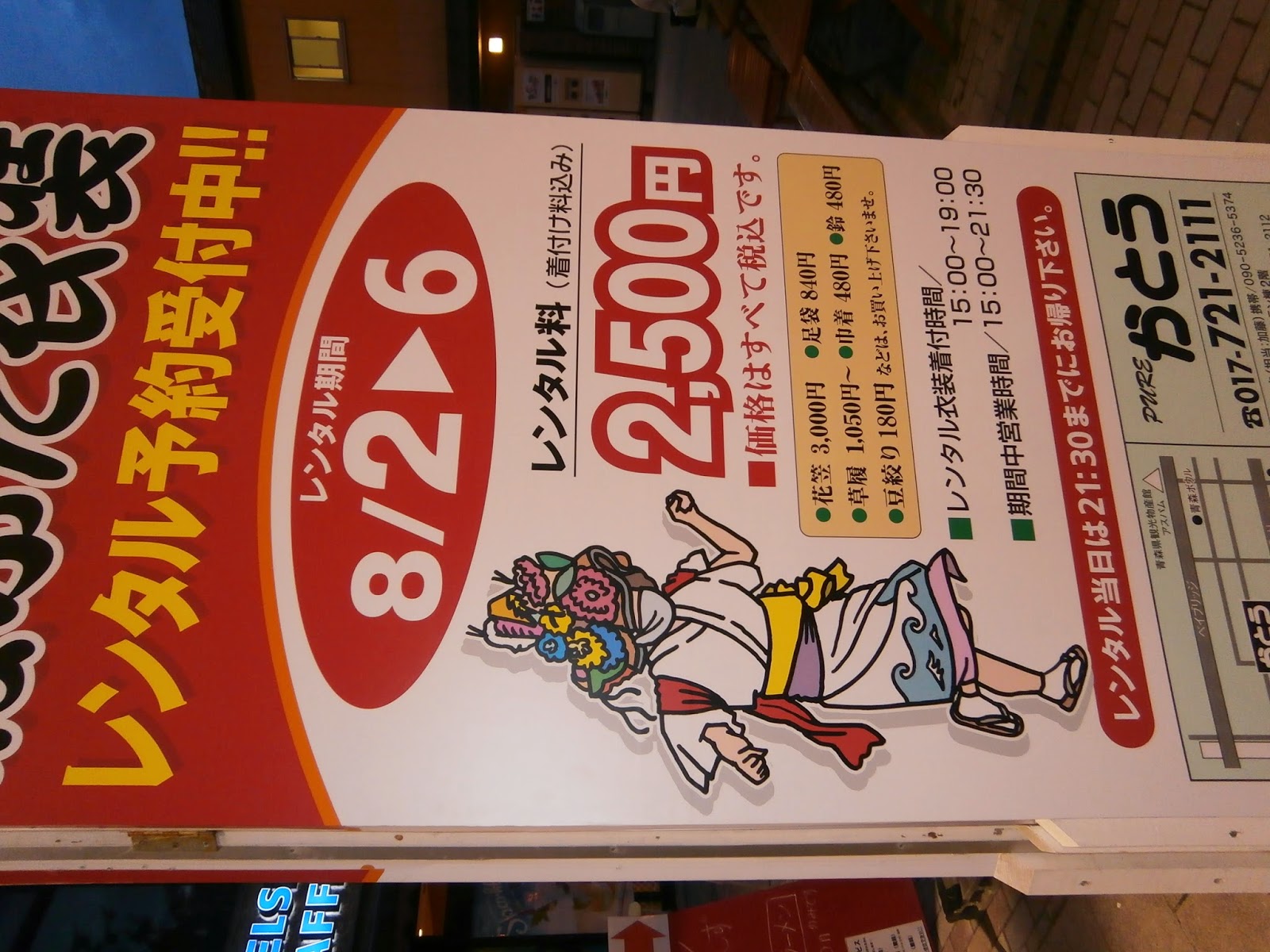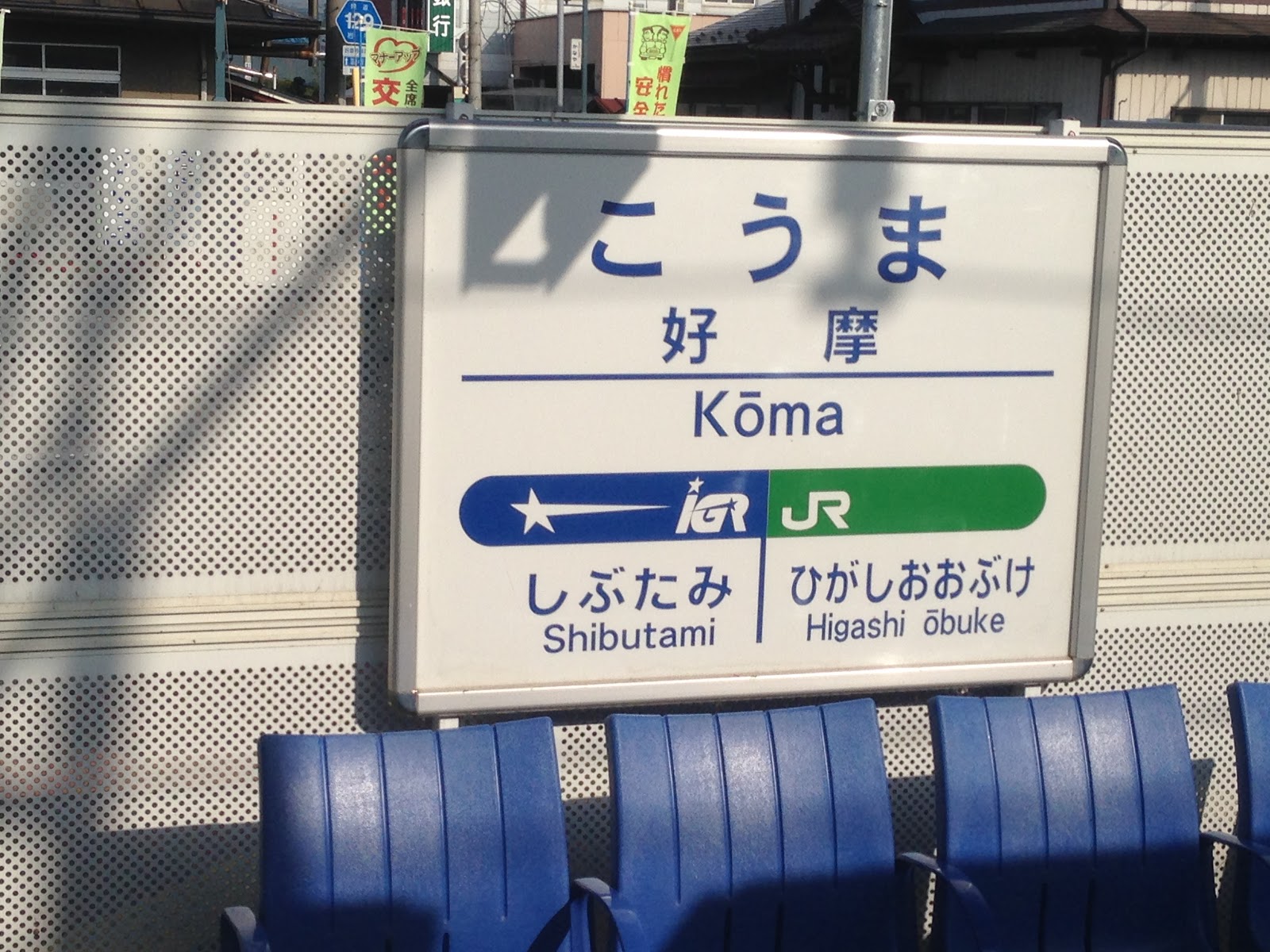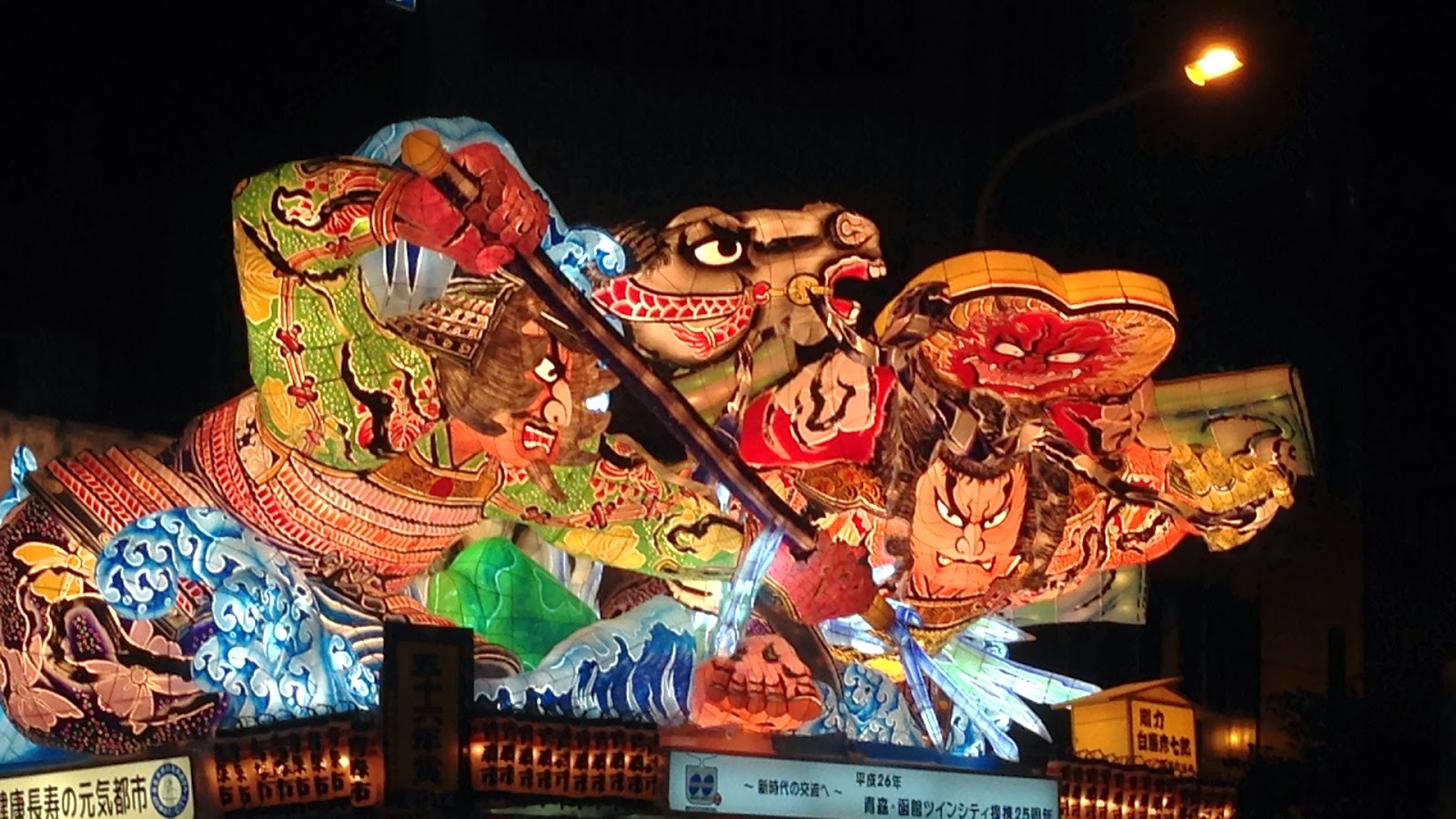On the second day of my trip I covered the distance from the city of Morioka to Aomori. I kept hopping on local trains as I have been, only to find out that rules apply differently on some parts of tohoku, and in this case, it may have been worthy to pay a little bit more and enjoy the swift service the Shinkansen provides.
In a rush to catch my morning train, I was stopped by the JR Morioka station master, who after stamping another day of use on my ticket, told me that it was not possible to reach aomori by JR local trains. How is that possible!? According to my online research there are supposed to be various routes that fit this distance... I had to learn the hard way that in the Tohoku area there are some distances only operated by private railways, and even JR users must connect their distances with them. So, they asked me to pay for an extra 650 yen for the Morioka- Koma distance, which I would later regret when finding that a bullet train costs just a little bit more and gets me to my destination in only 30 minutes instead of 4-5 hs...
Anyways, I took some trains and when in the city of Oodate, I mistakenly took an Akita-bound train, from which I got off right on the next stop. Unfortunately enough, stations in the countryside have an awfully low frequency, and the train back to Oodate wouldn't come until an hour after... Therefore I do the only thing I though of, which was to get on the road and ask for a ride. Soon enough a local kindly dropped me near Oodate station, and I had time to lunch before my train. Oodate is the hometown of the Akita dog "Hachiko", famous for the story and statue in Shibuya station, and later Hollywood movie starring Richard Gere. Oodate is also famous for once winning the most delicious "bento" lunchbox contest, with their original dish "Torimeshi" or chicken rice. I had it inside the restaurant, with miso soup, pickles and a small salad, containing some rare vegetables that I haven't seen before. Here is how it looks.
The Sannaimaruyama ruins date from the Jomon period of japan history, around the year 12,000 bC ( http://sannaimaruyama.pref.aomori.jp/facilities/main.html ), and is said to have been the largest grouping of people at the time in the whole Japanese archipelago. The current park is a reconstruction based on the excavations, and any of its services is free of charge. At the entrance you can wear some traditional costumes for a picture, you can leave your bags in lockers or in the counter, or join the volunteer guides on tours, etc, all for free. The symbol of this complex is a very tall vertical structure that was built with large logs.


There are also some huts depicting the lifestyle of the time, and tour guides are offered for free every 30 min for further explanations (Japanese only)
Without the need of picking up your bags, there is an exit that connects the complex with the Aomori prefectural museum, famous for having a large collection. Outside the museum you can find "Aomori ken", the imposing white statue of a dog, where you are allowed to take pictures.
The current exhibition revolves around the concept of "少女" (shoujo) or the juvenile girl, which aims to find the roots of the current imagery portrayed by anime and other items in pop culture, among pieces of art dating from Taisho, Meiji, Edo and even older periods of Japanese history. This exhibit was made as a collaboration of the Shizuoka Prefectural Art museum and the Shimane Prefectural Art museum, and has borrowed some old paints from the Kyoto-city and Hyogo Prefectural Art museums.
You will find a varied selection of items that go from paintings and beer posters to costumes, action figures and pillow-like dolls. And the Kristen Dunst cover of "Turning Japanese" is playing on a tv screen as well.
After this I headed by bus (340) to Aomori station, for the main event in the city, the Nebuta Matsuri. Said to be one of the biggest tourist-attracting festivals in Japan, this event consists on a parade of floats, dancers and musicians that invites any viewer to join their crew by the only condition of dressing in the traditional Haneto costume.
Haneto costumes can be purchased or bought on any stall on the way to the venue, prices ranging from 2500yen-3500 for rental, and 5800 onwards for costume purchasing.
I arrived to the center of Aomori by 6 PM, and since all the coin lockers at the station were full, a Staff member guided me to a shop across the street that charges a little for keeping your bags until 10 pm. This shop is called Michinokuringu Ten, and is attended by Ebina-San, a friendly Lady who was raised in Osaka and along with her accent keeps the warm heart of her hometown. She took my backpack for only 400yen, which in peak season Aomori city is considered a good deal. Here is her shop (this pic was taking the morning after).
I had a quick meal at the noodles place on the right to her shop, and tried "Jomon Udon", a special udon made with some of the ingredients on which the Jomon diet was based on(400yen).
A few blocks away preparations for the festival had started, and blue sitting mats have been placed on the parade circuit's sidewalks so that people could orderly enjoy this festival. The parade is host from August 2nd to 7th, whether the on land parade is from 19:00 to 21:00, there are different schedules for the last day's water parade and fireworks, check it out in the official website ( http://www.nebuta.or.jp/ ). I got a nice spot at one of the corners where the floats turn around, so I could take plenty of pictures!
In this parade you will find the following groups:
1) Jumpers: as it name indicates this, they can be noticed by the acrobatic jumps they perform. They are in between jokers and cheerleaders, animating their group and the expectators alike.
2) Dancers: the float dancers will be identified by a similar Haneto, and you will spot the different looking Haneto dancers; these are the enthusiastic expectators who decided to join the parade!
3) Floats: enormous paper-lanterns pulled by groups of 20 or more people. They turn around at every corner, so that the front and rear decorations can be fully appreciated.
4) Taiko drummers, flutists and cymbal players: the orchestra of the festival, walking or dancing while accompanying it's float.
Nebuta floats are based on some legendary battles, and despite now being done with some electrical devices, its floats used to be huge lanterns with fire within them, that is why it is still said to be the biggest "fire" parade festival.
Once the event finishes, some floats would leave through the street that leads to Aspam, an A-shaped building that functions as Aomori`s Tourist Center. If you climb the pedestrian bridge you can have a different perspective of the floats as they leave(pictures above). I was surprised to find that Aspam is open until quite late (at least at 9:30 pm it was still open), which makes it a good place to go in the hunt for omiyage (souvenirs). I found an interesting wooden-made postcard( , that can be sent within japan for 140 yen (or abroad for around 400yen).
After the festival I hung out with my new friends at a patio, where locals and tourist were breaking the ice and befriending instantly. I recommend this place for renting the costume.


Thanks for reading! Untill tomorrow!!!




































No comments:
Post a Comment